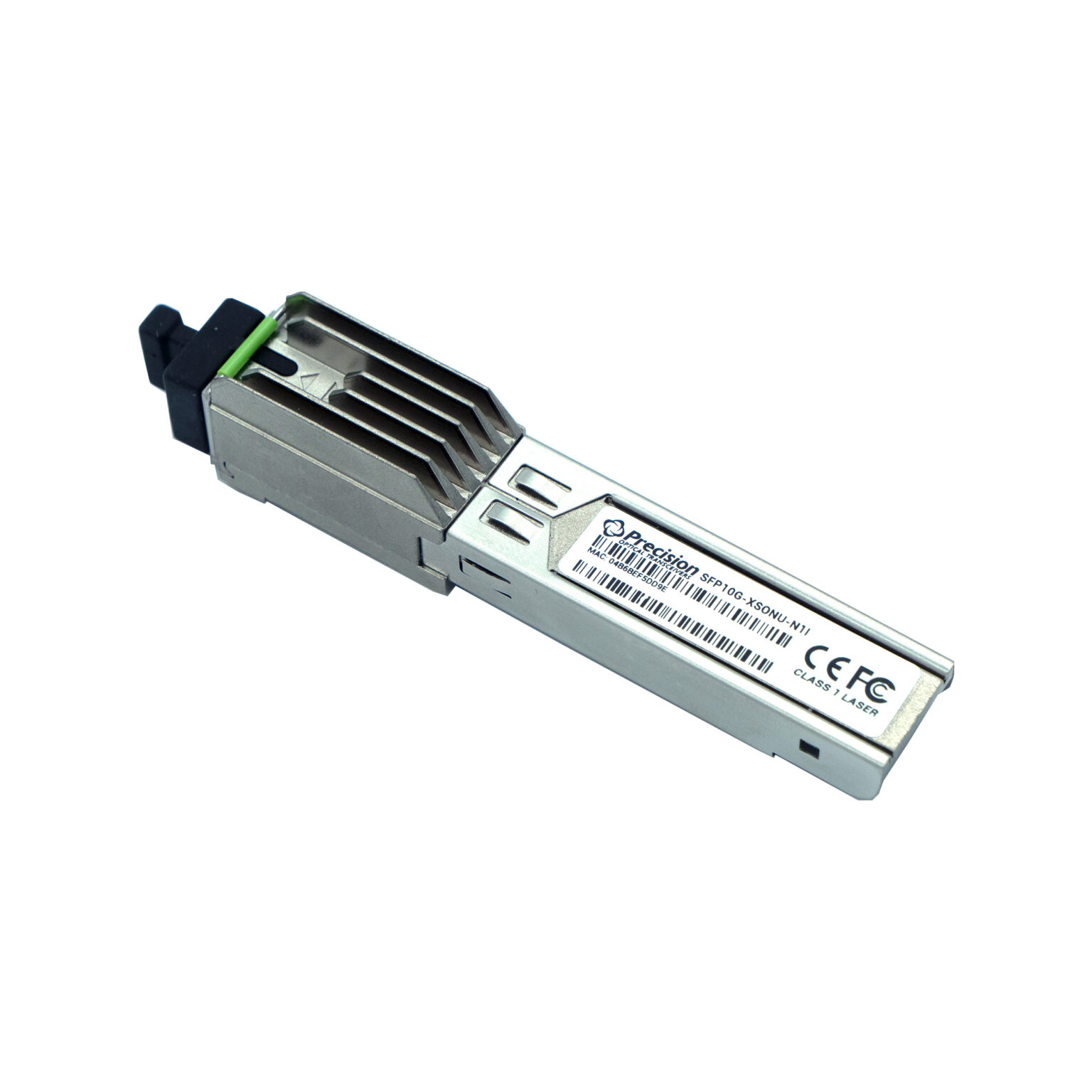
Bridging the Digital Divide: Making it Easy for Network Operators to Leverage XGS-PON

XGS-PON is expected to overtake other PON technologies by Q3 2024. So, what’s driving this growth?
Introduction
A recent article from Light Reading noted that XGS-PON deployments are continuing to heat up globally. Although many of today’s fiber-to-the-home (FTTH) architectures feature gigabit PON (GPON), symmetrical 10G PON (XGS-PON) will account for 55% of the overall PON market by 2026, up from just 15% in 2021. So, what’s driving this growth? The performance benefits of XGS-PON relative to GPON combined with decreasing equipment costs, new opportunities to drive revenue, and government investment programs for rural connectivity continue to spur service providers to invest in this technology.
That said, the true potential of XGS-PON lies in more than just enhanced upstream and downstream performance. It’s in how society will leverage this technology to develop exciting, new capabilities that will reduce the digital divide and create the smart, connected cities of the future. In this blog, we’ll discuss this trend and how Precision OT is contributing.
What’s Driving XGS-PON Deployments?
The COVID-19 pandemic has been, in large part, a key driver of XGS-PON rollouts around the world. The multiple lockdowns society experienced led to a sudden growth in the number of families working, learning and consuming recreational content at home. As a result, this shifted the way service providers architected the bandwidth within their networks. Whereas businesses used to be the primary group demanding high performance fiber services, suddenly residential consumers needed greater capacity and speeds. And even with the return to the office, consumer habits have stayed the same. The answer to this demand for greater residential FTTH capacity? XGS-PON.
As mentioned before, XGS-PON provides significant performance benefits compared to GPON technology. While GPON features asymmetrical downstream and upstream rates of just 2.5 Gb/s and 1 Gb/s respectively, XGS-PON offers symmetrical rates of 10Gb/s. Whereas GPON also has a maximum physical transmission distance of 60km and a maximum split ratio of 1:128, XGS-PON enables a transmission distance of 100km with a maximum split ratio of 1:256. Of course, these metrics can differ in practice because they depend on aspects like optical module size, fiber quality, split ratio used and fiber distance. However, for FTTH service providers looking to address the ever-increasing bandwidth needs of residential consumers over the next decade, XGS-PON is a clear winner.
It also helps that the pathway from GPON to XGS-PON is relatively simple. Thanks to the use of XGS/GPON Combo SFP+ and SFP-DD transceivers (which Precision OT offers, along with XFP and SFP+ optics for solely XGS-PON), service providers can offer both XGS-PON and GPON services over the same network. This makes it easy for network operators to upgrade their services when needed. At a very basic level, combo optics feature a wavelength combiner within the transceiver that allows OLT devices to talk to two PONs simultaneously. By leveraging already-existing network equipment, the move to XGS-PON eliminates the need for service providers to invest huge sums of capital into overarching changes to their network. Upgrading to XGS-PON just makes financial sense.
How Will XGS-PON Help Bridge the Digital Divide and Improve Quality of Life?
Because of increased government investment in rural connectivity programs, XGS-PON will be a major driver in bridging the digital divide that exists between urban and rural areas. Across North America and Europe, governments continue awarding grants to service providers planning to build FTTH networks in rural areas. Where once GPON would arguably have been an obvious choice for cost-effectively serving low-density rural settings, XGS-PON is changing how service providers think about their rollouts.
First, investing in XGS-PON’s greater capabilities right now gives service providers in rural markets a first-mover advantage over competitors that could try to enter later with high-performance offerings of their own. More importantly, however, XGS-PON provides the performance specifications that rural farms, manufacturing plants, warehouses and other commercial entities seeking to leverage Industry 4.0 applications need. But that’s not all. XGS-PON in rural areas also carries another significant benefit – the ability to support 5G mobile transport. Being able to deliver 5G backhaul (and therefore service) to rural areas by leveraging an existing XGS-PON network will help level the playing field between urban and rural customers. Access to 5G as well as the services supported by the symmetrical rates of XGS-PON will mean greater access to opportunity for those in rural areas.

Bringing the focus back to urban areas, XGS-PON is also providing exciting possibilities around the development of smart, connected cities through XGS-PON ONU (optical network unit) on-a-stick technology. This kind of transceiver-based ONU for
XGS-PON essentially enables ethernet-dependent devices to function as ONUs, allowing network operators to monitor them without having to deploy dedicated fiber to each one. In this way, traffic cameras or stop light controllers could easily be connected to a smart city’s XGS-PON network and centrally managed simply by plugging an ONU on a stick transceiver into them. With transceiver-based ONUs, all devices that are ethernet-based can now become PON-based, simplifying network management for service providers and making it easier to create a more connected world. That’s why the Precision OT team has rolled out XGS-PON ONU on-a-stick transceivers for our XGS-PON customers.
XGS-PON is providing service providers and society at large with multiple benefits in terms of bridging digital divides and improving quality of life. At Precision OT, we provide you with the networking expertise and optical solutions needed to speed your deployments while minimizing your capital and operating expenditures. If you’re considering an XGS-PON brownfield or greenfield deployment, we can help. Simply contact us for more information.






